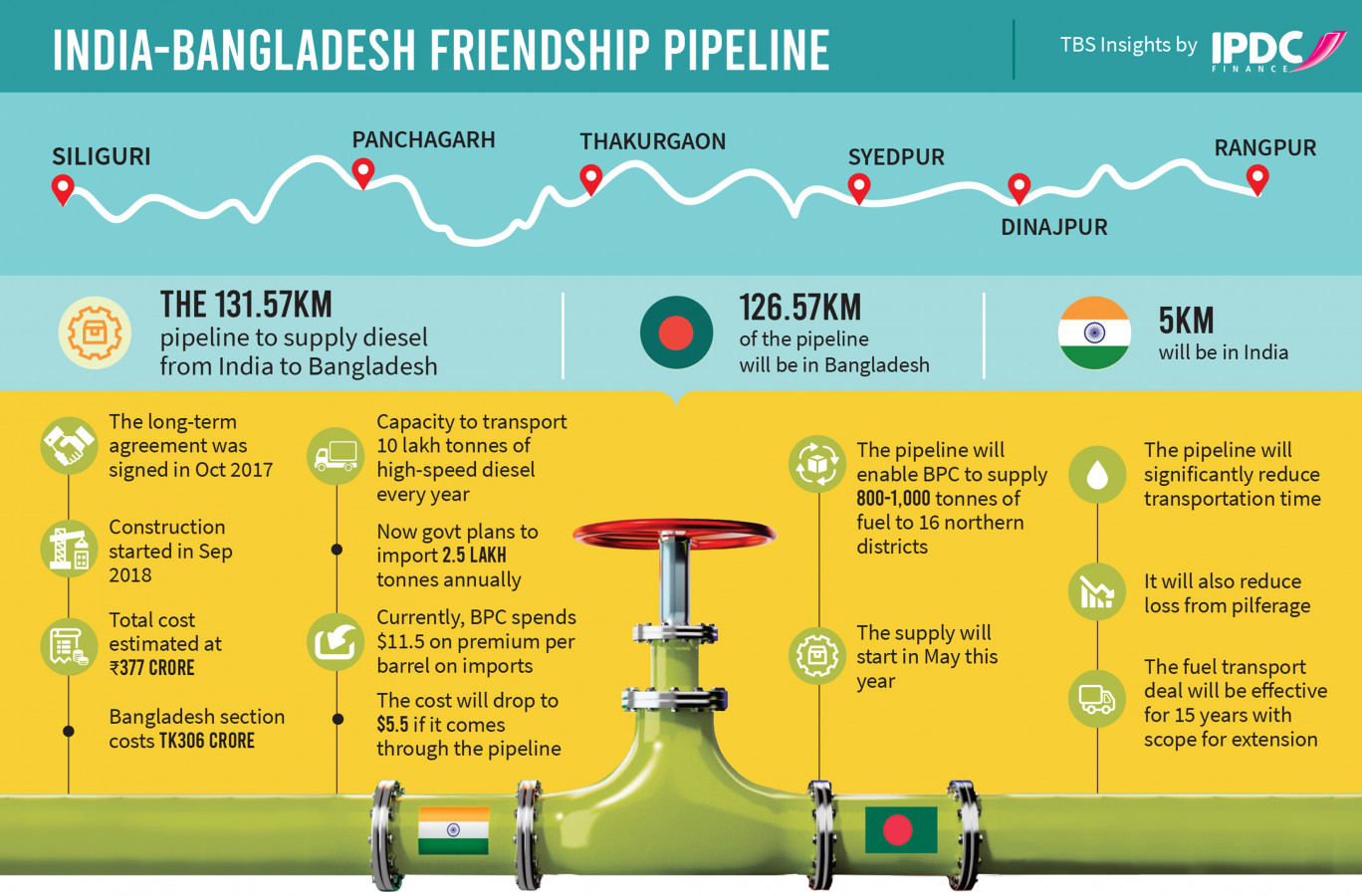After vandalism by pro-Khalistan protestors at Indian High Commission in London, The Ministry of External Affairs invoked the Vienna Convention.
References
Three States have commenced joint action to stop illegal sand mining in National Chambal Sanctuary.
Gharials
Gharials are fish-eating fresh water crocodiles. Gharials are a good indicator of clean river water.
|
Protection |
Status |
|
Wild Life (Protection) Act, 1972 |
Schedule I |
|
IUCN |
Critically Endangered |
|
CITES |
Appendix I |
References
On the occasion of ‘International Day of Happiness’, annually observed on March 20, ‘World Happiness Report’ unveiled its 11th edition this year.
References
Prime Minister of India and Prime Minister of Bangladesh jointly inaugurated the India-Bangladesh Friendship Pipeline (IBFP) in a virtual mode.

References
For the first time, scientists at Osaka University in Japan have created baby mice from two males.
Pluripotent stem cells can develop into many different types of cells or tissues.
References